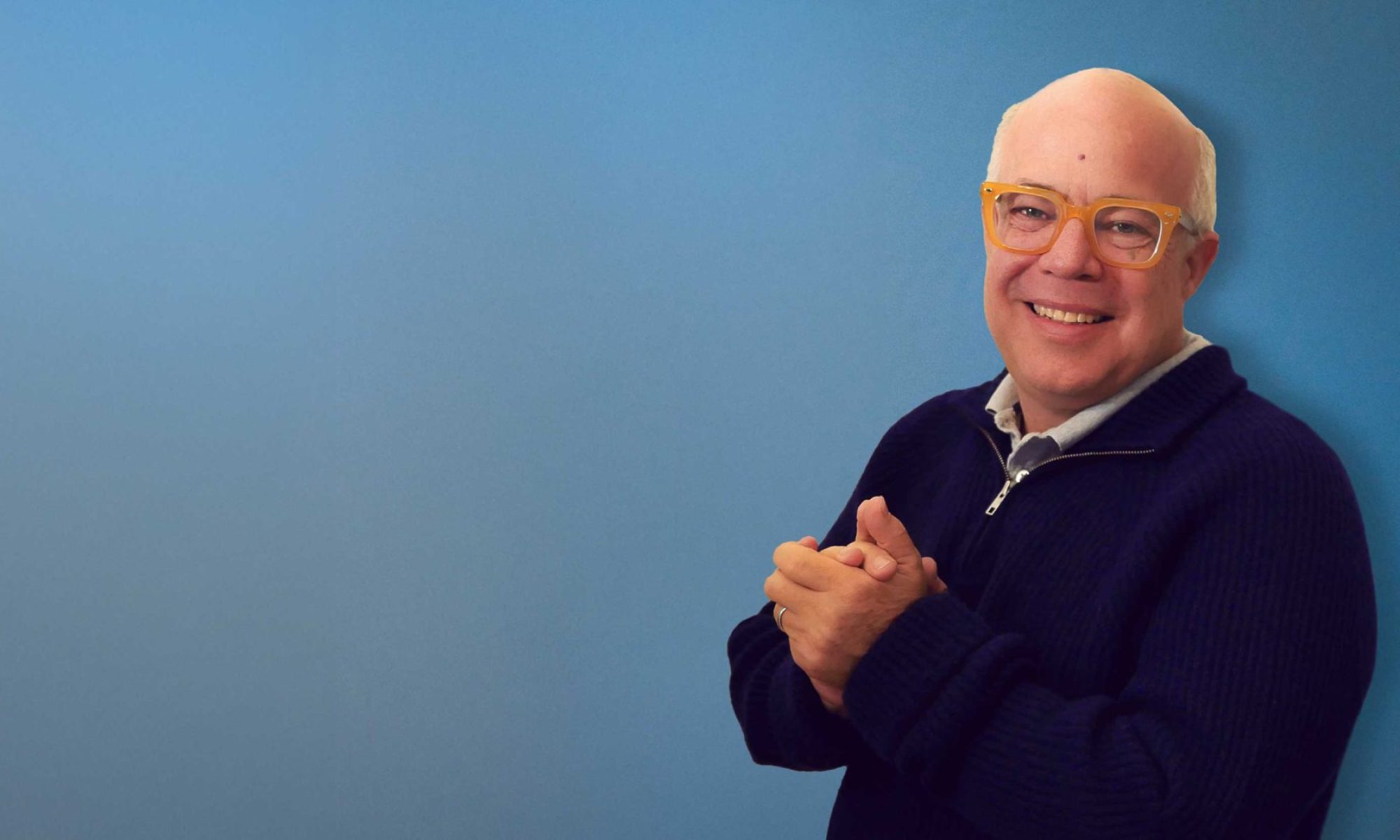Emma, my daughter, is having “the year of her life” in school — huge leaps of passion and learning and adventure. And facing powerful challenges. The most pressing being a relentless conflict with another girl, let’s call her Josie. They are both strong willed, independent, and believe themselves to be smart. Patty & I have worked to help Emma see that being right is not that interesting unless you are also kind. In turn, Emma has worked hard on being less abrasive, but these two just push one another’s buttons — and now it seems like nearly every day Josie is accusing Emma of something.
The latest round was that Josie was mad that Emma ignored her. “I don’t want to fight with her so I just walk away,” says Emma… and we all agree that’s better than fighting… and that it’s not the same as making peace. Emma was at a loss, though, of how to engage a different way, and was feeling helpless. “She’s mad at me no matter what I do.”
So last week I shared a bit of Gandhi’s story. Emma could definitely relate, and found the concept of Satyagraha fascinating. Satyagraha is the name Gandhi gave to the type of nonviolent resistance he led to transform India. Gandhi wrote:
Truth (satya) implies love, and firmness (agraha) engenders and therefore serves as a synonym for force. I thus began to call the Indian movement Satyagraha, that is to say, the Force which is born of Truth and Love or non-violence.
He contrasted satyagraha to passive resistance — or to walking way (in Emma’s case). Satyagraha is active, it’s a force, but it’s not the kind of force most of us in the West think of when we think “power.” Yet it turns out to be a game-changing, world-changing power because it steps out of the paradigm of escalating might and righteousness.
And it’s not just “what you do” that matters. “How” is just as important. For Gandhi, the means is the result — if you pursue peace through violence, you have made violence. If you create peace through love, then you have created love.
Emma came back the next day having tried it. “Satyagraha is SO difficult,” she said, “but I am going to keep doing it.” While she struggled with it, she also knew, she experienced in just one day, that this is a transformational way of engaging with disagreement. We could see in her reflection that she had, in fact, found a new kind of force.
As Gandhi said, when you let go of “violence of the heart” it generates a powerful new energy:
What I have pleaded for is renunciation of violence of the heart — and consequent active exercise of the force generated by the great renunciation.
 The challenge is maintaining it — holding onto the kindness in the midst of the daily frustration. Because while Emma can choose her response, Josie is continuing to look for opportunities to blame. And how do you, as a 9-year-old, not take this personally? It’s so difficult to step back and recognize that Josie’s reactivity is Josie’s.
The challenge is maintaining it — holding onto the kindness in the midst of the daily frustration. Because while Emma can choose her response, Josie is continuing to look for opportunities to blame. And how do you, as a 9-year-old, not take this personally? It’s so difficult to step back and recognize that Josie’s reactivity is Josie’s.
In our EQ training we sometimes talk about the idea of “making others good.” This means letting go of being right over others — it means accepting that “they are doing their best and I could do no better.” The challenge is finding a genuine, solid core of caring for this “enemy” (who our egos are saying is “wrong/bad/mean”) and letting go of the defense of righteousness.
Satyagraha is a process of resistence and a force of power, and an exercise in justice; at the core it is change that starts with love.
